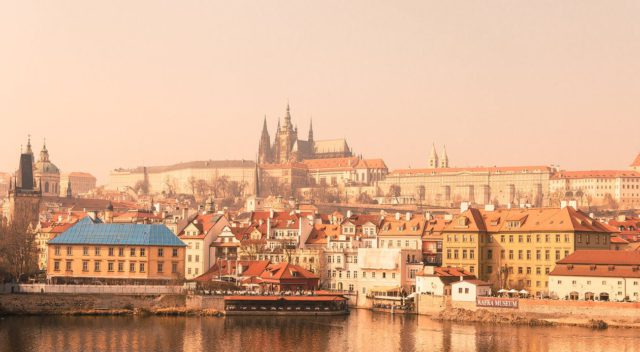People are facing various sources of pollution from the polluted air, water, unsafe food … One of the most worrying concerns right now is the bad air quality in big cities where the density is high residential and transportation dense. The air we breathe every day is not guaranteed by various factors of pollutions, the most visible and the most common being dust also known as particulate matter (PM10, PM2.5).

What is PM?
PM, also known as particle pollution, is a complex mixture of airborne particles and liquid droplets composed of acids (such as nitrates and sulfates), ammonium, water, black (or “elemental”) carbon, organic chemicals, metals, and soil (crustal) material.
“Coarse particles” (PM10-2.5) found near roadways and dusty industries range in diameter from 2.5 to 10 micrometers. “Fine particles” (or PM2.5) such as those found in smoke and haze have diameters less than 2.5 microns. Particles in this category are so small that they can only be detected with an electron microscope.
How can we protect us from PM2.5?
The best way is to stay indoors to limit exposure to polluted air when there is an air quality warning.
If you must go out, then you should prepare a mask for yourself to filter the air from contaminants, viruses, and bacteria. Ordinary masks do not protect you because they do not have an effective filter for microscopic particles.

1. N95 air masks
N95 air masks can filter up to 95 percent of the harmful PM2.5 particulate matter. When buying an N95 air mask, you should look for the type with air valves that can direct the exhaled air out via a dedicated passage, so there is no excess moisture and fogging near the nose-bridge and eyes.
2. N99 and N100 air masks
Air masks with N99 and N100 ratings can filter out PM2.5 with up to 99 percent, and 99.97 percent efficiency. However, these are also not resistant to oil and oil-based pollutants like the N95 air masks. You can find them form brands like Vogmask, Cambridge, and SmartAir sell N99 air masks on e-commerce websites. Finding N100 masks is much harder, and you may have to go to an industrial supplier to get one.
3. P95 and R95 air masks
The upgrade of P- compared to N-rated masks is that the former can also filter out oil-based pollutants to an extent, which cannot be removed by the latter. So, this makes P-rated air masks a lot more expensive than their N-rated counterparts, and they still have to be replaced frequently. These should be used for 40 hours, or one month – whichever comes first.
As for the R95 type air masks, which also filter out the oil-based pollutants, but these are really meant only for industrial use. These are only supposed to use in eight hours and are pretty expensive, so it’s not something you should consider for everyday usage.
As community awareness about the harmful effects of air pollution on health grows, so too has the demand for protective masks. To protect the health of you and your family members, consider and choose the most suitable mask to protect you from dust, especially PM2.5. In addition, you can also change the daily routine to make the environment better to improve air quality.

Awesome post! Keep up the great work! 🙂